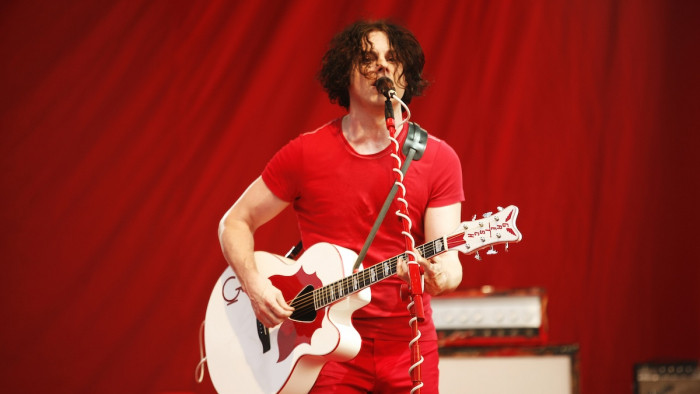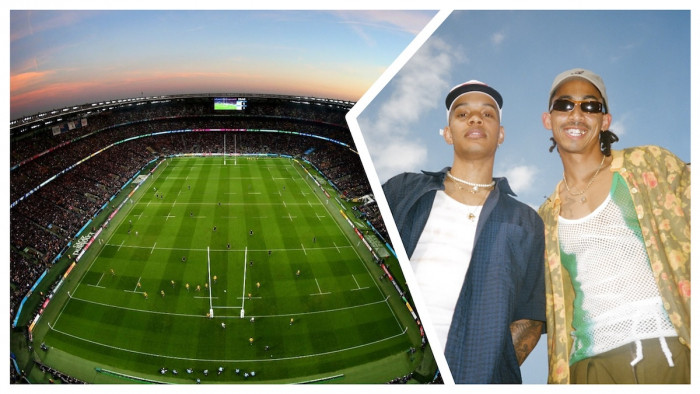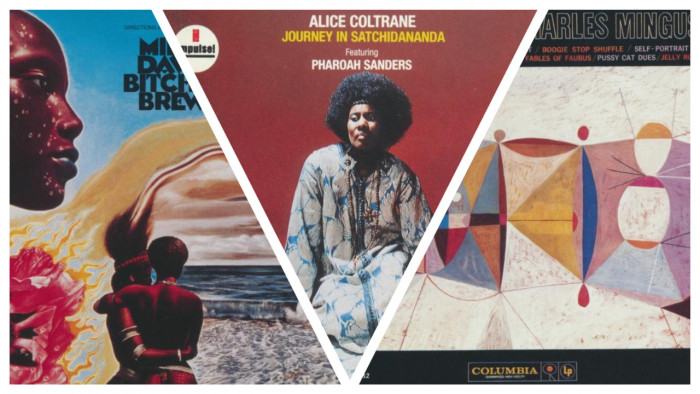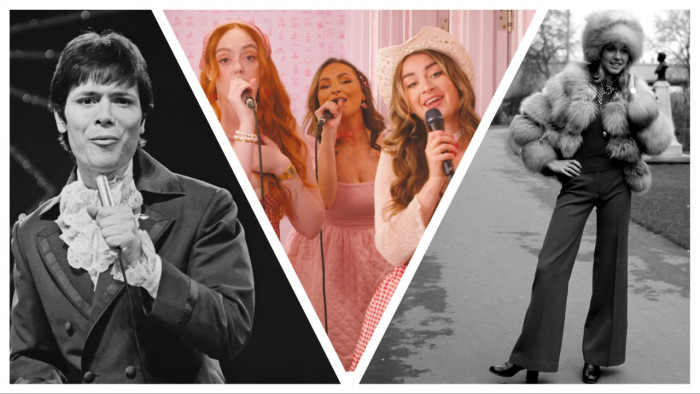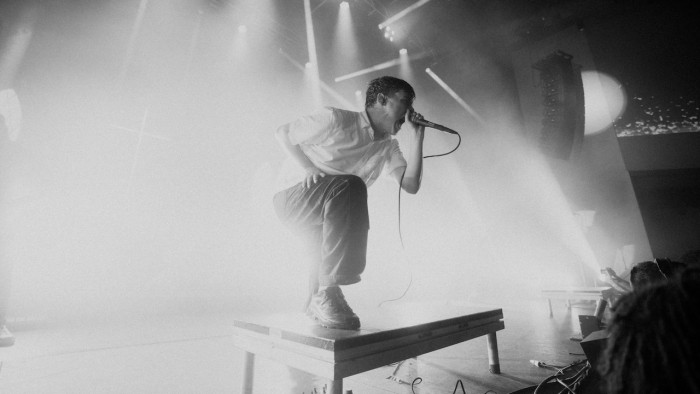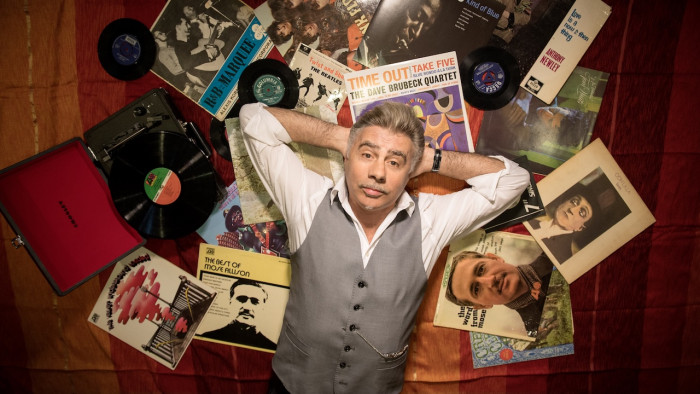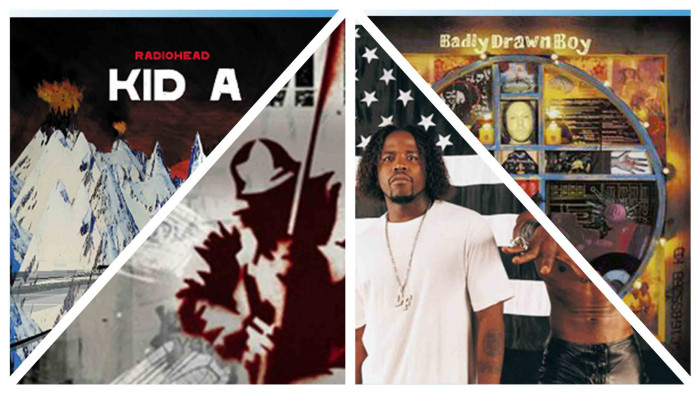Iain R Webb, award-winning fashion writer and editor, on Bowie’s influence on style

“And the papers want to know whose shirts you wear.”
My world changed on 6 July 1972 when David Bowie appeared on Top Of The Pops singing Starman. It was the night before my 14th birthday and, living in a village in Wiltshire, Bowie seemed to be an exotic, alien creature.
For Bowie, appearance was everything, so it’s not surprising he is heralded a major fashion inspiration. There are few designers who do not continue to reference him, directly or subconsciously. Look at JW Anderson’s gender- fluid designs in his spring/summer 2016 catwalk, and picture Bowie parading in multi-pleat top trousers (1978), red Mary Jane sandals (1974), diagonal painted stripes (1976) and Jean Genie-style bomber jacket (1972). The femme-fatale pose of Anderson’s models (high cheekbones, dusted eyelids and a whisper of mascara) is pure Hunky Dory, the Seventies album that saw Bowie on a chaise longue wearing a dress (“a man’s dress”, Bowie insisted) by designer Michael Fish.
Through the years Bowie’s stylish influence has been both specific and universal. Following that TV appearance, across the UK, young people (male, female, and those in between) suddenly felt it was OK to experiment with their looks. I began wearing Antique Green nail polish, which went well with the scenery, but not the locals. One Saturday afternoon my mum arrived home from a shopping trip in town with a carrier bag. ‘Not another fake Ben Sherman from the market,’ I thought. But no, inside was a fox fur stole. I wore it to watch Match Of The Day with my dad. A few years later I got mum to knit me a version of the spotty sweater Bowie wore on the cover of David Live. It looked so good she had to knit one for my friend, Alison, another Bowie freak.
There is a reason Bowie fans are referred to as freaks. We were the outsiders, the misfits. Bowie made us feel we belonged. We were not alone. That feeling was incredibly potent. Against the bleak backdrop of the Seventies (both economically and politically grey and drab), who else could persuade tough Scottish lads to cut their hair into versions of his spiky toilet-brush style and pull on skinny, zip-up Ziggy jackets and cropped trousers? How much of the look came from Bowie and how much via Stanley Kubrick’s A Clockwork Orange film is to be debated, but their obliging girlfriends still happily painted Aladdin Sane lightning flashes across their faces whenever Bowie was in town.

That imagery was intoxicating and pervasive. My friend Greg, who grew up on Mersea Island in Essex, spent one summer perfecting his tan with a cut-out of the Aladdin Sane zig-zag flash across his chest. Greg also hobbled around with blocks of woods tied onto his feet trying to emulate Bowie’s red and black wedge boots by Japanese designer Kansai Yamamoto. Actually, Bowie’s boots were a cheaper knock-off. I bought bi-coloured girls platform shoes from the small ads at the back of the NME. In the Eighties, Greg and I would dress up for Bowie Night at Billy’s nightclub, run by Steve Strange, the genesis of the New Romantic movement.
Bowie was the ultimate style magpie with antenna attuned to the zeitgeist, an eye for the Next Big Thing. His Aladdin Sane look was inspired by a fashion story in Harper’s & Queen magazine that featured the work of avant-garde Yamamoto. Bowie borrowed the Kabuki-style make-up and commissioned the wardrobe for his tour, including a mini-kimono, voluminous cape and one-shouldered, one-legged catsuit. Other favoured designers have included Natasha Korniloff, Freddie Burretti, Willie Brown, Alexander McQueen, Hedi Slimane and, latterly, Thom Browne.
Bowie was always ahead of the pack. An early adopter of the pop video. Sound and vision. His style of dressing reflected the cut-up methodology of his lyric writing. He was a post-modern collagist before it became a new career in a new town.
He often took the traditional and subverted it. Liberty prints were cut into quilted catsuits for the cool ‘cat from Japan’ AKA Ziggy Stardust. Later, a classic white shirt, black waistcoat and trousers became the uniform of the Thin White Duke, a look referenced in Dries Van Noten’s autumn/winter 2011 menswear show – the models even had the same slicked-back dyed red hair with yellow streaks.
Bum freezer jackets with Joan Crawford shoulders were followed by Fifties-style oversized tailoring that earned him the headline ‘The Man Who Fell Into Frank Sinatra’s Suits’. For Let’s Dance he swapped Ziggy’s ‘snow-white tan’ for a real one.
Bowie also did Normcore. In Berlin in the late Seventies, while recording critically acclaimed albums, he stripped back his wardrobe to simple straight-leg jeans and checked shirts.
But, whatever he chose to wear – be it a boiler suit, baggy trousers, pedal-pushers, a feather boa or even a duffel coat (as in The Man Who Fell To Earth) – he did it with an elegance to rival a yesteryear Hollywood matinee idol, a some time screen goddess. A wisp of Gitane cigarette smoke spiralling upwards towards the heavens.
Bowie’s lithe silhouette and high cheekbones pegged him as a perfect candidate for fashion, but it was his ever-changing looks and personas that assured him cult status, and has seen him anointed fashion’s patron saint.
(Images: Rex)


